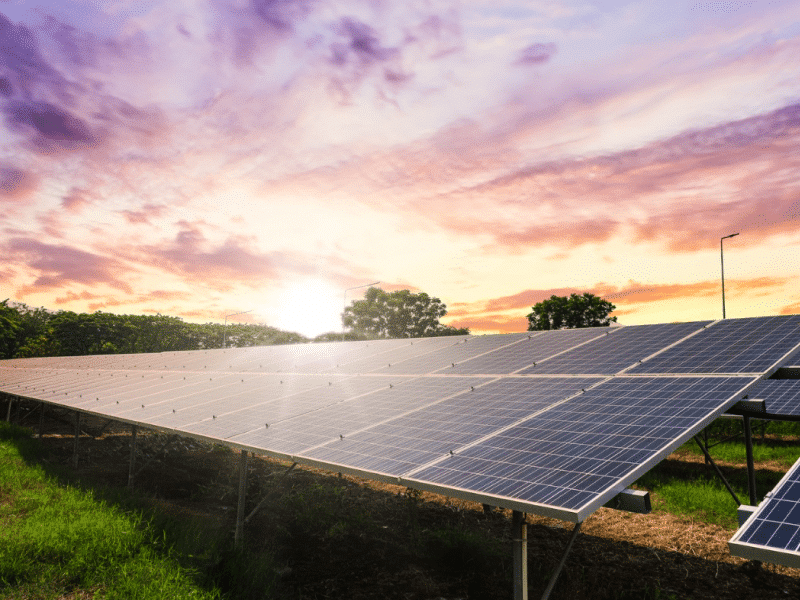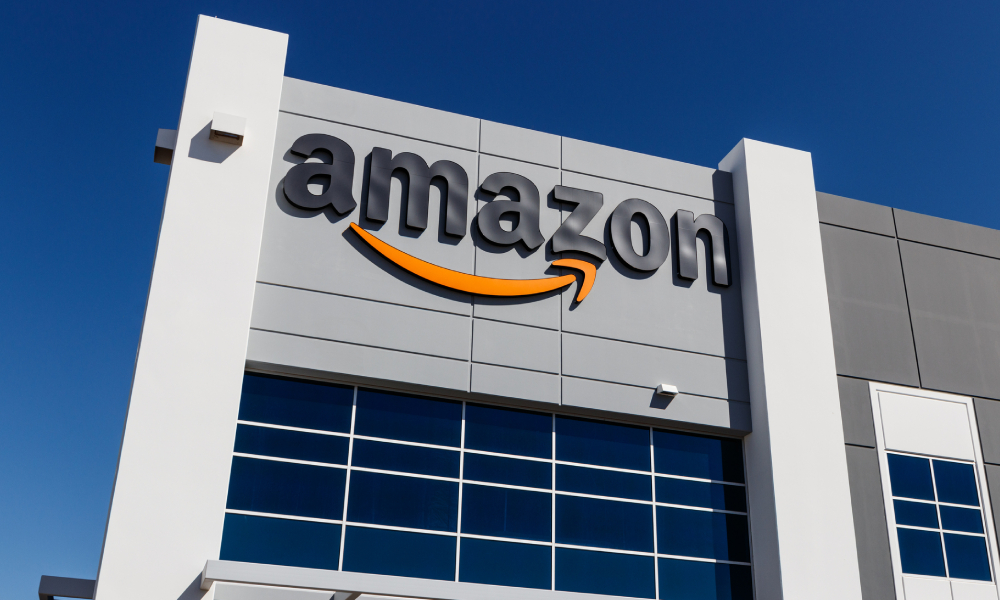In recent years, the adoption of commercial solar photovoltaic (PV) systems has surged, revolutionizing the way businesses approach energy consumption. As companies seek sustainable and cost-effective energy solutions, solar PV technology has emerged as a frontrunner. This shift is driven by several factors, including environmental concerns, financial incentives, and technological advancements.
Environmental Impact
Commercial solar PV systems offer a significant reduction in carbon footprint. By harnessing the power of the sun, businesses can minimize their reliance on fossil fuels, thus contributing to the global effort to combat climate change. This transition not only helps in reducing greenhouse gas emissions but also promotes a cleaner, healthier environment.
Economic Benefits
One of the most compelling reasons for businesses to invest in solar PV systems is the potential for substantial cost savings. With the decreasing cost of solar panels and installation, the return on investment has become more attractive. Additionally, many governments offer tax incentives, rebates, and grants to encourage the adoption of renewable energy. These financial benefits, combined with the savings on electricity bills, make solar PV systems a smart economic choice for businesses of all sizes.
Technological Advancements
The solar PV industry has seen remarkable technological advancements, enhancing the efficiency and reliability of solar panels. Innovations such as bifacial panels, which can capture sunlight from both sides, and improved battery storage solutions have made solar energy more viable for commercial applications. These advancements ensure that businesses can maximize their energy production and storage, leading to greater energy independence.
Case Studies of Success
Numerous companies across various industries have successfully integrated solar PV systems into their operations. For instance, tech giants like Apple and Google have invested heavily in solar energy to power their data centers, while retailers like Walmart have installed solar panels on the roofs of their stores to reduce their energy costs and carbon footprint. These examples demonstrate the versatility and scalability of commercial solar PV systems.
Challenges and Considerations
While the benefits are clear, there are challenges to consider. The initial investment can be significant, and businesses must carefully evaluate their energy needs, available space, and local regulations. Furthermore, the intermittent nature of solar energy requires effective energy storage solutions to ensure a consistent power supply.
The Future of Commercial Solar PV
The future of commercial solar PV systems looks promising. As technology continues to advance and costs continue to fall, more businesses are expected to make the switch to solar energy. The integration of smart grids and the development of more efficient energy storage systems will further enhance the viability of solar PV as a primary energy source for commercial enterprises.
In conclusion, commercial solar PV systems are transforming the energy landscape. By providing a sustainable, cost-effective, and technologically advanced solution, solar energy is helping businesses achieve their environmental and financial goals. As the adoption of solar PV continues to grow, it paves the way for a brighter, more sustainable future.





